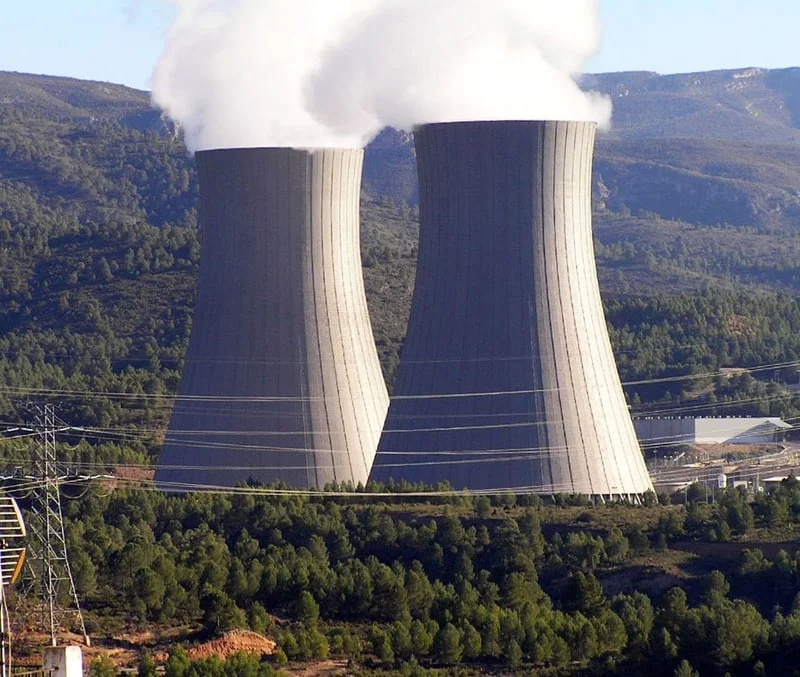
Last week, the Department of Energy (DOE) selected two teams representing prominent advanced nuclear reactor design companies to receive $160 million in funding under the Advanced Reactor Demonstration Program (ARDP). These grants were only the beginning in an effort to create productive partnerships between the government and private industry in order to facilitate the design and construction of advanced nuclear reactors within a time span of 5 to 7 years – a time frame integral to meeting the nation’s carbon reduction goals.
The selection marks a significant development for the United States in terms of advancing nuclear technologies towards accelerating their implementation from the design stage and moving more quickly into a carbon-free environment. Rapid progress towards deployment is among the most critical issues inherent in creating a secure, carbon-free world and will allow nuclear energy to play new roles in decarbonization efforts.
Things are already moving incredibly quickly.
Just this week, demonstrations for several different nuclear reactors have been announced. Such developments could mean that there will be several advanced commercial designs operational by the next decade which will have a great impact on dealing with the issue of climate change. Behind all of this progress is the combination of government support to help ameliorate the particular, initial costs associated with such proprietary reactor designs that will hopefully lead to rapid technological maturation. Such advancements should also lead to increased customer interest in reducing carbon emissions by using the advanced reactors.
Among the exciting news are further reports of developments surrounding the federal government’s direct support of specific projects. They include $1.4 billion towards deployment of a small module reactor at Idaho National Laboratory, and cost-share partnerships worth $26.9 million to two nuclear energy projects designed to produce hydrogen fuel. The DOE has also committed major funding toward testing capabilities for a number of advanced reactors and more demonstration projects for the U.S. Department of Defense and U.S. Air Force who are looking into micro-reactor technologies for thermal propulsion and surface power. These projects and more provide a much needed boost of confidence to the advanced nuclear technology industries who have always relied on public-private partnerships to quickly reach the market and reduce carbon emissions as quickly as possible.
At present, nuclear power and energy provides almost 55 percent of the nation’s carbon-free electricity. New reactors relying on new, advanced technology will help decarbonize the more remote areas of the country, various transportation sectors, large and heavy equipment facilities and other industries that currently have little to no zero-carbon options. Many energy companies have plans for an energy future that severely limits or completely eliminates carbon emissions, so their perspective on advanced reactors is that they are essential due to their carbon-free power generation and their relative flexibility to work well with other power generation industries such as wind and solar.
These recent developments have created a high level of excitement for many who have dedicated themselves to finding obtainable, nuclear power technologies that can get the world more quickly to a carbon-free future. Government partnerships have not only increased the momentum for new reactor technologies but they help existing technologies mature at a much faster rate. With this maturation comes recognition, and with recognition comes new players and designers that will help diversify the reactor technologies on offer and increase the probability of a safer, cleaner and more sustainable environment both in the U.S. and around the globe.
Graver is also inspired and driven to meet the needs of our customers, their markets and the demands of the climate with a wide selection of innovative products designed to help existing and advancing nuclear technologies safely treat their onsite radwaste. See inside for more information on some of our liquid radioactive waste treatment products.
Need help?
You can find the right application or product using our Tool, or through our Chat Bot.
Keep In Touch
Keep up to date with our latest news and announcements. Unsubscribe anytime.




.svg)
.svg)



